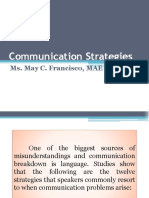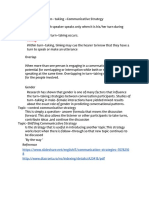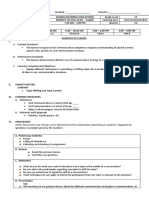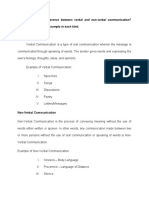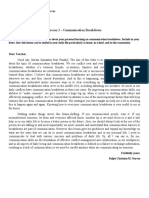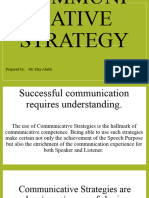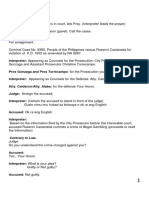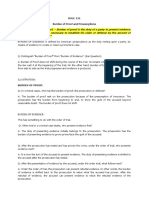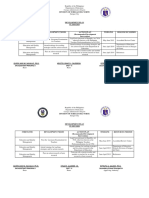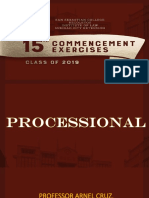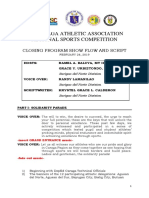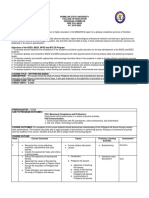0% found this document useful (0 votes)
492 views26 pagesCommunicative Strat
Communication strategies are methods used to share information when language difficulties arise. There are 12 main strategies speakers use: message abandonment, topic avoidance, circumlocution, approximation, use of all-purpose words, word coinage, use of nonverbal cues, literal translation, foreignizing, code switching, appealing for help, and use of fillers.
There are also 7 types of communicative strategies: nomination (introducing a topic), restriction (constraining responses), turn-taking, topic control (using questions), topic shifting, repair (overcoming breakdowns), and termination (ending an interaction). These strategies provide structure and keep a discussion focused and moving forward when language barriers occur.
Uploaded by
Gideon Salino Gasulas BunielCopyright
© © All Rights Reserved
We take content rights seriously. If you suspect this is your content, claim it here.
Available Formats
Download as PPTX, PDF, TXT or read online on Scribd
0% found this document useful (0 votes)
492 views26 pagesCommunicative Strat
Communication strategies are methods used to share information when language difficulties arise. There are 12 main strategies speakers use: message abandonment, topic avoidance, circumlocution, approximation, use of all-purpose words, word coinage, use of nonverbal cues, literal translation, foreignizing, code switching, appealing for help, and use of fillers.
There are also 7 types of communicative strategies: nomination (introducing a topic), restriction (constraining responses), turn-taking, topic control (using questions), topic shifting, repair (overcoming breakdowns), and termination (ending an interaction). These strategies provide structure and keep a discussion focused and moving forward when language barriers occur.
Uploaded by
Gideon Salino Gasulas BunielCopyright
© © All Rights Reserved
We take content rights seriously. If you suspect this is your content, claim it here.
Available Formats
Download as PPTX, PDF, TXT or read online on Scribd
/ 26

